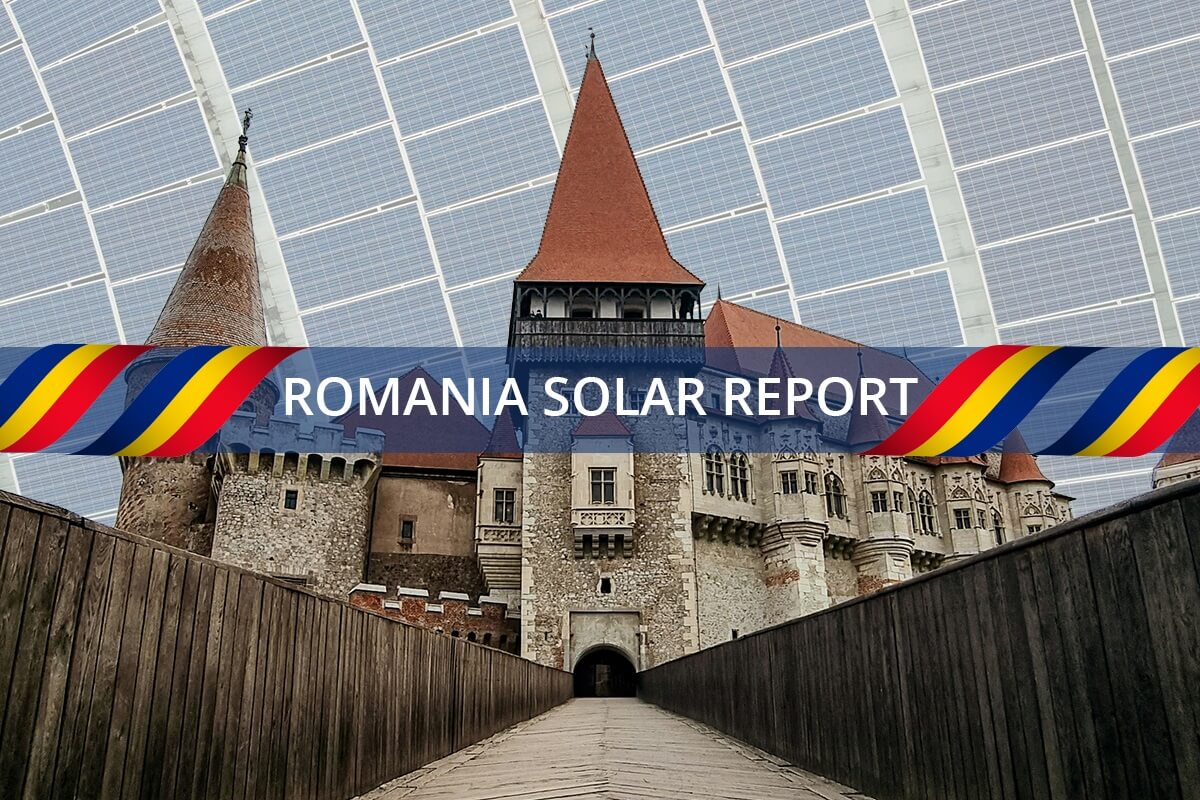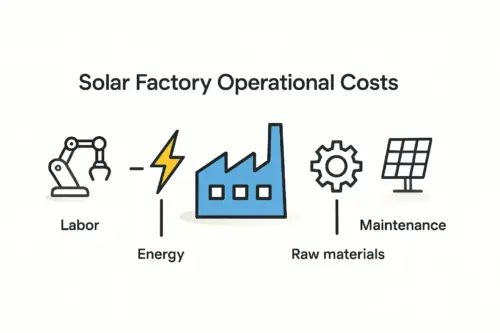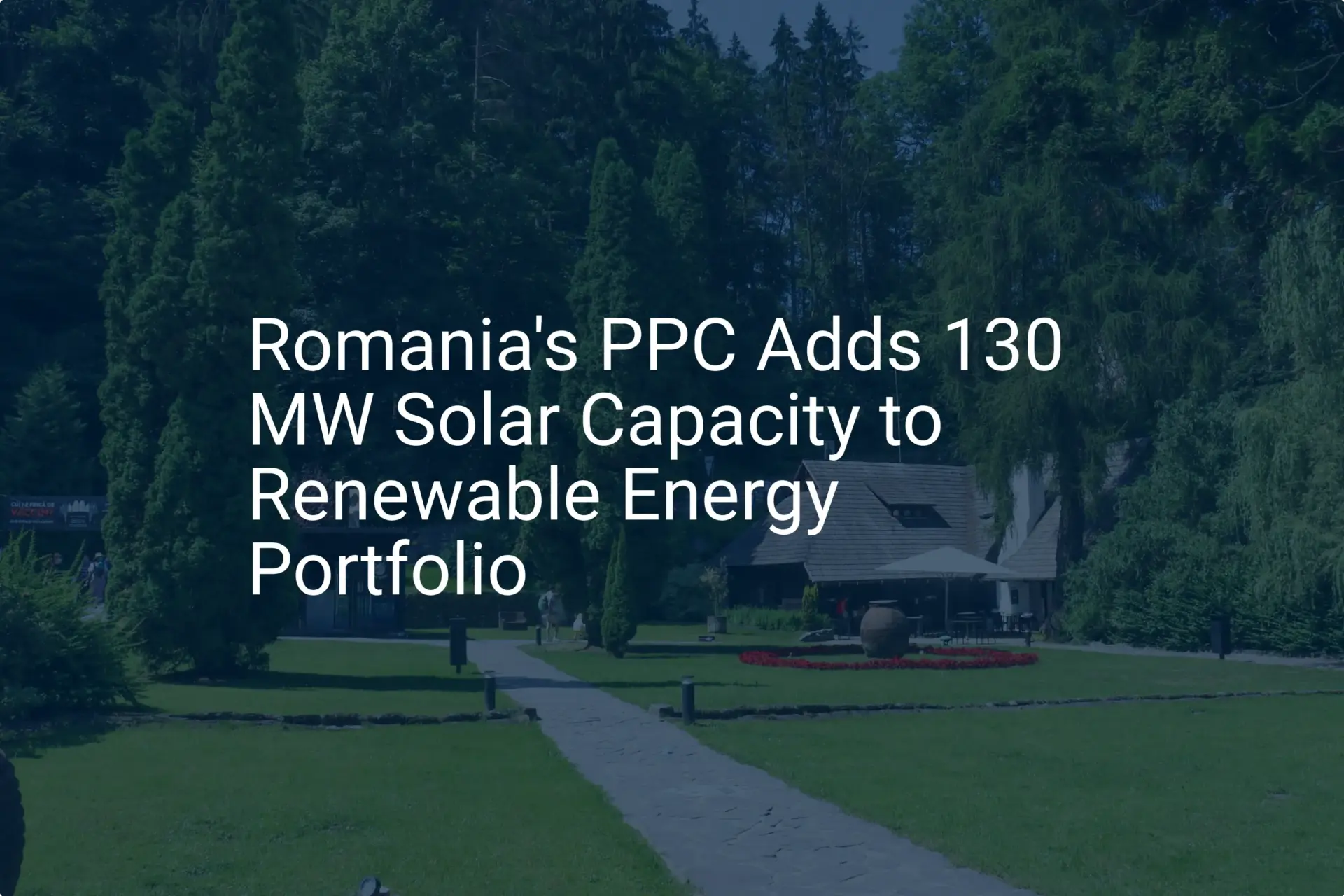Headlines about substantial EU recovery funds are catching the attention of many entrepreneurs, but the path from spotting an opportunity to submitting a successful proposal can be complex. For professionals looking to enter Romania’s solar manufacturing sector, the National Recovery and Resilience Plan (NRRP) offers a powerful incentive—though navigating its requirements demands a structured approach.
This guide offers a clear overview of the NRRP framework in Romania for investors planning to establish a solar module production facility, outlining the core components of a strong application and the critical elements funding bodies evaluate.
Understanding the NRRP Opportunity in Romania
The National Recovery and Resilience Plan is a strategic EU-funded program designed to stimulate economic recovery, enhance resilience, and accelerate the green transition. In Romania, a significant portion of these funds is earmarked for developing domestic renewable energy capacity, presenting a unique window for industrial investment.
At the heart of this initiative is Component 6 (C6) – Energy, with an allocation of approximately €1.62 billion. A primary goal of this component is to support the installation of at least 3,000 MW of new renewable energy capacity by 2026. A key sub-investment within this plan also focuses on establishing a local industrial value chain for producing solar panels, batteries, and related green technologies.

This government-backed incentive aims to reduce reliance on imported energy components, create skilled jobs, and position Romania as a key player in the European green energy supply chain. For an investor, this means the potential for significant non-repayable grants that can de-risk the capital expenditure required to launch a new manufacturing operation.
Key Requirements for a Successful Funding Proposal
Securing NRRP funding isn’t just about having a good idea; it’s about presenting a comprehensive, viable, and compliant project plan. Since funding authorities are tasked with allocating public money responsibly, they scrutinize applications for clear indicators of success and sustainability. Experience from numerous industrial projects shows that successful proposals are built on three fundamental pillars.
1. Demonstrating Project Viability and Financial Soundness
The foundation of any application is a robust business case. Evaluators need to see that the proposed solar panel factory is not only technically feasible but also commercially sustainable long after the grant is awarded.
This requires a detailed business plan for the solar manufacturing venture. Key elements should include:
- Market Analysis: A thorough assessment of local and regional demand for solar modules.
- Financial Projections: Detailed forecasts of revenue, operational costs, and profitability that demonstrate a clear path to return on investment.
- Co-Financing Capacity: Applicants are typically required to secure co-financing (often 10% to 30% of the total project cost), so the proposal must clearly document the source and availability of these funds.
- Job Creation: Quantifiable projections on the number and type of jobs the facility will create, which is a critical evaluation metric.
2. Securing a Credible Technology and Engineering Partner
For entrepreneurs without a deep technical background in photovoltaics, proving technical readiness is often the most significant challenge. Funding bodies need assurance that the proposed factory will have modern, efficient machinery capable of producing certified, high-quality solar modules.
Ready to make big Profits?
The solar Industry is Booming
WE HELP NEWCOMERS to the solar industry start their own solar module production line. Customers can make BIG PROFITS by selling modules and finding investors, without wasting money and time on things they don't need!

Engaging an experienced engineering and technology partner early in the process is critical. A credible partner contributes more than just machinery, providing:
- Technical Validation: Their involvement lends credibility to the project’s technical specifications and production targets.
- Process Know-How: Expertise in factory layout, workflow optimization, and quality control systems.
- Documentation Support: Help in preparing the detailed technical documentation required for the application, such as specifying a complete turnkey production line.
A proposal backed by a reputable engineering firm with a proven track record in setting up solar factories is viewed with much higher confidence by evaluation committees.
3. Ensuring Full Alignment with EU Compliance Standards
NRRP funding is governed by strict European Union regulations. A critical component is the ‘do no significant harm’ (DNSH) principle, which ensures that a funded project does not negatively impact environmental objectives.

Your proposal must explicitly detail how the manufacturing process will adhere to these principles, covering aspects such as:
- Waste management and recycling protocols.
- Energy and water consumption efficiency.
- Supply chain sustainability.
Failure to adequately address these compliance requirements can result in disqualification, regardless of the project’s commercial potential.
Structuring Your Approach: A Step-by-Step Overview
Approaching the NRRP application systematically can transform a daunting task into a manageable project.
- Initial Feasibility and Scoping: Start with a preliminary assessment to confirm the project’s alignment with NRRP objectives and your own business goals.
- Partner Selection: Identify and engage a qualified engineering and technology partner to help define the technical scope of your factory.
- Comprehensive Business Plan Development: Work with financial and technical experts to build the detailed business plan that will form the core of your application.
- Application Dossier Compilation: Systematically gather and prepare all required documentation, paying close attention to administrative and compliance forms.
- Submission and Follow-Up: Submit the completed application through the official portal and prepare for potential follow-up questions from the evaluation committee.

Frequently Asked Questions (FAQ)
-
What is the typical timeline for the NRRP application and approval process?
The process, from the opening of a call for projects to a final funding decision, can take several months. Application windows are often tight, so early preparation is essential. -
Can a company owned by foreign nationals apply for these funds?
Yes, companies registered and operating in Romania are generally eligible, regardless of the nationality of their owners. The key is that the investment and job creation must occur within Romania. -
Is there a minimum investment size for a project to be considered?
While not always explicitly stated, projects of a significant industrial scale (e.g., aiming for an initial production capacity of 50-200 MW per year) are typically better aligned with the NRRP’s strategic goals of creating a substantial domestic manufacturing base. -
What kind of support is available for preparing the application?
Professional consulting and engineering firms specialize in guiding investors through this process. Additionally, educational platforms like pvknowhow.com offer courses and resources to help entrepreneurs understand the fundamentals of planning a solar factory.
The NRRP offers a powerful catalyst for entrepreneurs aiming to establish a presence in Europe’s solar manufacturing industry. While the application process is rigorous, success ultimately hinges on meticulous preparation, a viable business plan, and the right technical expertise. By understanding these requirements and structuring their approach accordingly, investors can significantly improve their chances of securing this transformative funding.






